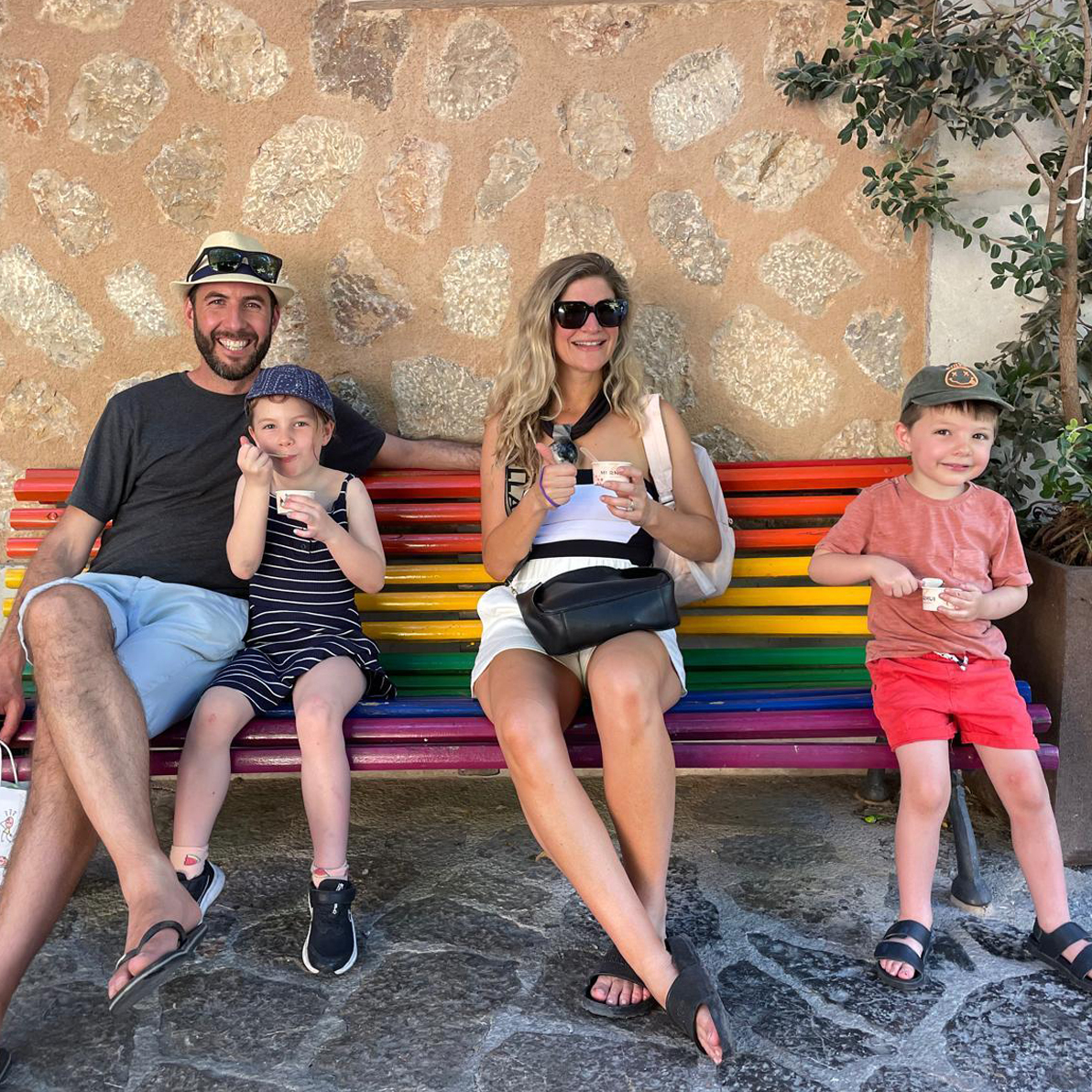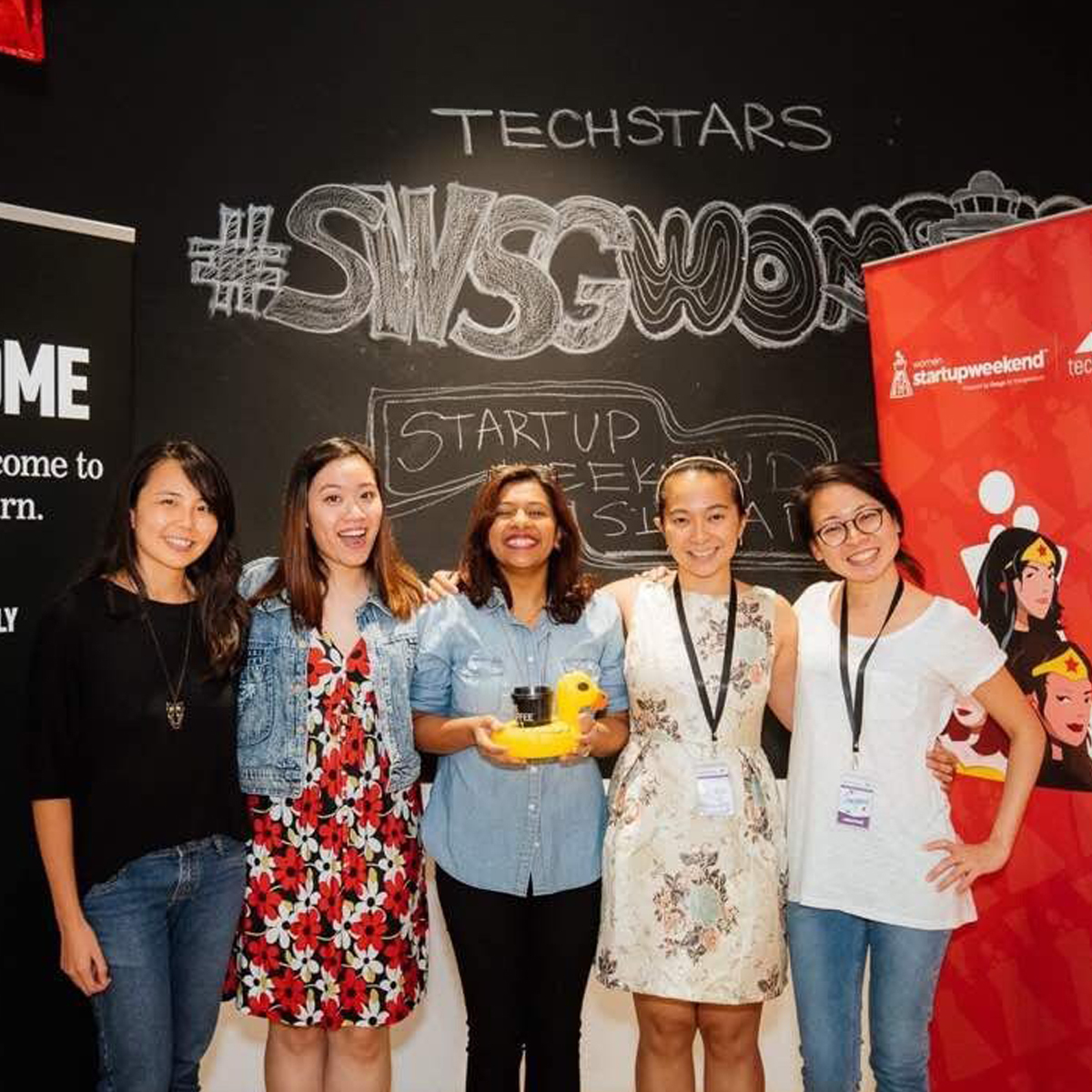Going Green
Sustainability in the infrastructure sector has been gaining momentum over the last decade and it’s hoped that measuring the embodied carbon associated with a building will soon be a routine part of costing. This focus on sustainability is creating new opportunities for returning Kiwi with offshore experience in this area. We spoke to Holmes Consulting about the change and why New Zealand has the opportunity to be a world leader.
Lisa Oliver has always loved creating things. As a child she would play with Lego for hours and as she grew up she became interested in sustainability and timber design. After studying Structural Engineering at Canterbury University, she went to work for Holmes Consulting and became involved with the Green Building Council. At the time Lisa was a leader in her field but over the past decade she’s seen a real change in focus.
“Around 10 years ago I became a green star accredited professional and at the time it was very rare for structural engineers to do that. There was a focus on reducing the operational energy of buildings, but the emphasis on the buildings themselves was very minimal. Whereas nowadays, partly because of the improvements we have made in the operational energy and emissions space, and partly because of a deepening of understanding around the emissions associated with the actual building, it’s becoming much more common for structural engineers to be involved in this space.”
In 2017 Lisa was given the opportunity to work in the Netherlands and says she was pleasantly surprised to discover that New Zealand is not far off the rest of the world when it comes to green buildings.
“I think the rest of the world is following a similar path and New Zealand presents some great opportunities and projects for people in this space. We sometimes think we are behind, but you get over to Europe and realise that like here, green buildings are still special projects. As Kiwi engineers we also have some unique skills we can offer international projects.”
The skills Lisa is talking about include our experience in building with timber and in strengthening existing buildings, something which came as a result of the Christchurch and Kaikoura earthquakes.
“After the earthquakes we were assessing a lot of existing buildings, it was a really fast paced learning experience because you were just looking at so many building types and sizes and you had to really think critically about how they were designed to perform and how they actually performed. It was a much greater exposure than you would ever get going from one new build to the next. But this exposure comes in handy when we look at our existing building stock. If we are aiming for how our buildings are going to be performing in say 2050, then most of those are already built. I think the real opportunity both here and overseas is improving what we’ve already got. Repurposing and strengthening existing buildings and making them adaptable for multiple functions, making them more energy and thermally efficient, that’s the real opportunity, and New Zealand is well placed to lead on that.”
When it comes to building with natural materials such as wood, Lisa says companies like Holmes are already ahead of the field in this area, bringing timber designs to the table for clients more and more often.
“What we are seeing is that the scale of the timber projects is growing and the interest from clients is growing as well. The Flowers building in Auckland’s Wynyard precinct is a good example, it’s a three storey commercial space built using timber, with retail on the ground floor and events space on top. We have also been working on various school buildings as well as other commercial projects which are experimenting with timber design.”
For returning Kiwi with offshore experience in sustainability and design there has never been a better opportunity to bring those skills home and get involved in a wide variety of projects.
“What’s exciting is that something that previously used to be only the domain of architects and service engineers is now something that we can have an influence on as structural engineers it provides so many more opportunities to influence the bones of a building, to be able to choose those materials and structural systems which will be the most carbon efficient. It also challenges us to become more carbon literate so we can influence and get that gut feel for what solution will be better.”
Lisa says she is excited about the future of the industry and the people who will help shape it. Her love of timber design is as strong as it was back in her Uni days and she hopes that in the future we will see a greater use of the natural material in larger commercial and multistory buildings.
“As an industry we need to upskill and become more familiar with timber, there is a whole education piece, but long term I would like to see New Zealand pushing the use of timber beyond what it has traditionally been used for, I think there is still a way to go but we are heading in the right direction.”
*This content was produced in partnership with Holmes Consulting

 MENU
MENU









